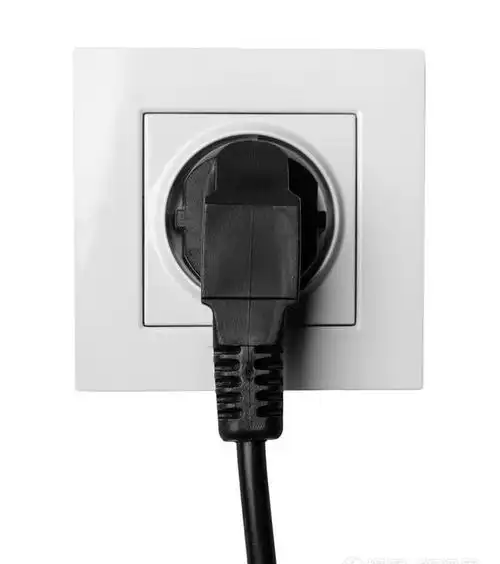I.Preparation #
- Prepare the charger: The charger must be the original, factory charger.
- Check the charger: Ensure that the charger is undamaged and the power cable is intact without any cuts.
- Check the charging port: Make sure the vehicle’s charging port and the charger plug are free from any debris.
II.Precautions #
- Avoid overcharging: Once the battery is fully charged, unplug the charger as soon as possible.
- Avoid charging in high temperatures: Charge the battery in a cool, shaded area to prevent damage to the battery due to excessive heat.
- Avoid charging in damp environments: Ensure the charging environment is dry to prevent short-circuiting due to moisture.
- Avoid frequent fast charging: Frequently using fast charging can shorten the battery’s lifespan.
III.Charging Steps #
1、Connect the charger:
The vehicle’s charging port is located at the lower left side of the battery tube, as shown in figure (1), or at the upper right side of the battery tube, as shown in figure (2). First, connect the charger plug to the vehicle’s charging port. Ensure a firm connection to avoid any looseness, as shown in figure (3).



2、Connect to power:
Next, plug the other end of the charger into the power outlet, as shown in the figure below.

3、Start charging:
When the red light on the charger lights up, it indicates that the charger has started working and is charging the vehicle, as shown in the figure below.

4、Charging complete:
When the green light on the charger lights up, it indicates that the charging is complete, as shown in the figure below.

IV.Steps After Charging is Complete #
1、Disconnect the power supply:
After charging is complete, first disconnect the power plug from the power socket.
2、Disconnect the vehicle connection:
Gently pull the power cord to ensure the plug is smoothly detached from the vehicle’s charging port.
















